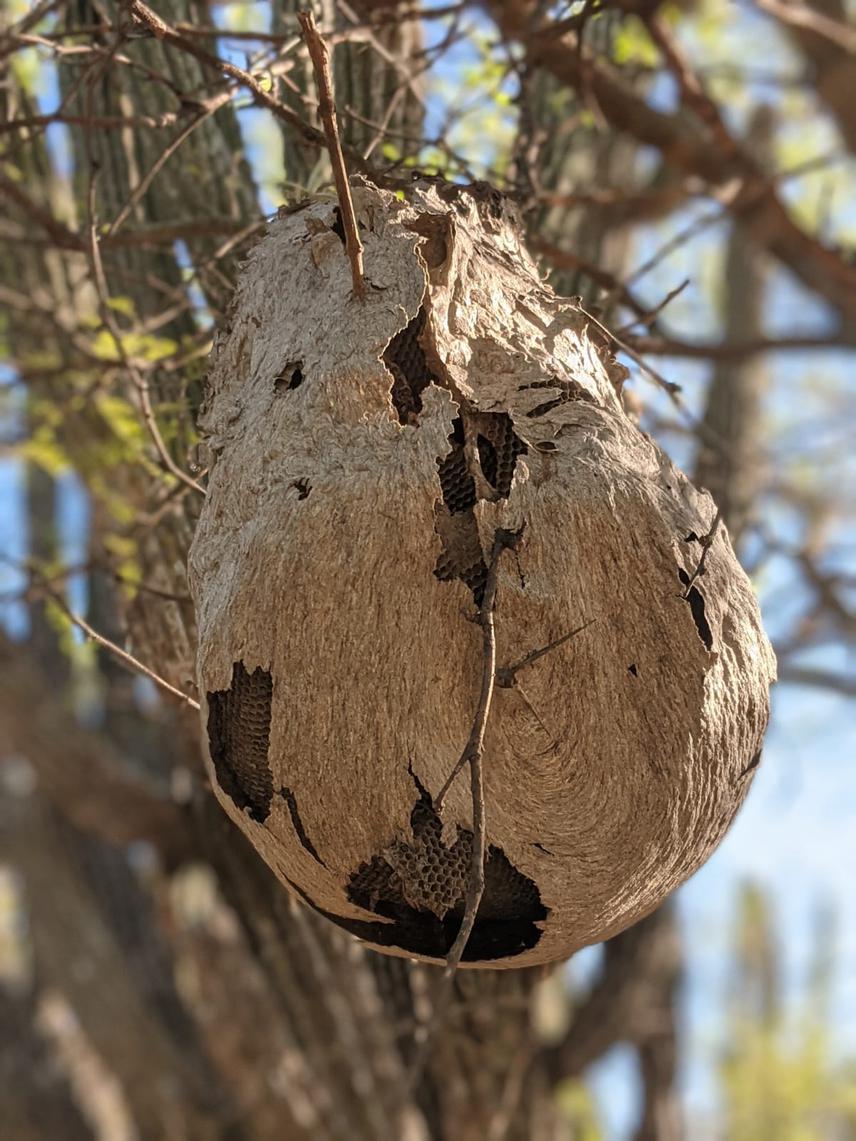Cristina Nuñez Godoy
Other projects
10 Aug 2015
More than Cashmere: Engaging Herders and Buyers in Wildlife-Friendly Certification to Help Save Endangered Andean Cat in Patagonia
16 Aug 2019
Which Program Will Halt Deforestation? Landowners' Preferences for Forest Conservation Programs in the Gran Chaco of Argentina
Globally, forest decreases by some 13 million ha annually, mostly because of agriculture expansion. The Grand Chaco eco-region, 60% of which occurs in Argentina, has one the highest rate of deforestation in the world due to massive expansion of soybeans and cattle ranching. To combat the rapid deforestation, the Argentine government passed the Forest Law which regulates the use and conversion of native forests to other land uses according to their conservation value. This law also created a compensation fund for the provision of environmental services (i.e., PES program) for landowners who voluntarily adopt a conservation or sustainable management plan for their lands. In PES programs, design and implementation contexts are key to effective conservation outcomes.

My PhD research, conducted in the Chaco Forest with the support of the 2nd RSG, identified key points that need to be addressed to formulate future conservation action and policy. First, I found that landowners preferred higher payments than the available funding allows, which means that protecting 100% of a targeted landscape under the PES program is expensive. Second, I found that landowners preferred to engage in PES program alternatives that permitted silvopasture as a forest-use option rather than other options that were more aligned with biodiversity conservation. This represents a trade-off between maximizing enrollment and maximizing conservation benefits. The silvopasture system being promoted in the Argentine Chaco consists of raising cattle on non-native grasses planted beneath mature trees after the removal of shrub layers (Peri et al., 2017). Key concerns of this system include landscape homogenization and loss of native plant species and wildlife habitat (Aprile et al., 2016). In Salta alone, silvopasture could be applied on up to 5 million hectares (SAyDS, 2019).
This project aims to identify the contextual factors that favour adoption of conservation plans rather than silvopasture plans, within available funding levels. This information will support adoption of land-uses with less environmental impact and guide more cost-effective initiatives. This project will generate crucial information for decision-makers to design and implement PES programs and facilitate protection of environmental services, including biodiversity, in a cost-effective fashion. Fulfillment of this research objective is fundamental to promote voluntary conservation of the Argentine Chaco on private properties and make PES conservation plans attractive enough for forest owners, given the agricultural-livestock pressure in the Chaco.